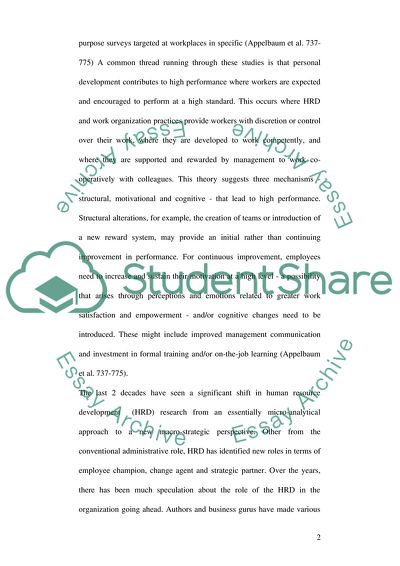Cite this document
(The Modern Era of Human Resource Development Literature review Example | Topics and Well Written Essays - 2250 words - 1, n.d.)
The Modern Era of Human Resource Development Literature review Example | Topics and Well Written Essays - 2250 words - 1. https://studentshare.org/human-resources/1715887-hrd
The Modern Era of Human Resource Development Literature review Example | Topics and Well Written Essays - 2250 words - 1. https://studentshare.org/human-resources/1715887-hrd
(The Modern Era of Human Resource Development Literature Review Example | Topics and Well Written Essays - 2250 Words - 1)
The Modern Era of Human Resource Development Literature Review Example | Topics and Well Written Essays - 2250 Words - 1. https://studentshare.org/human-resources/1715887-hrd.
The Modern Era of Human Resource Development Literature Review Example | Topics and Well Written Essays - 2250 Words - 1. https://studentshare.org/human-resources/1715887-hrd.
“The Modern Era of Human Resource Development Literature Review Example | Topics and Well Written Essays - 2250 Words - 1”. https://studentshare.org/human-resources/1715887-hrd.


